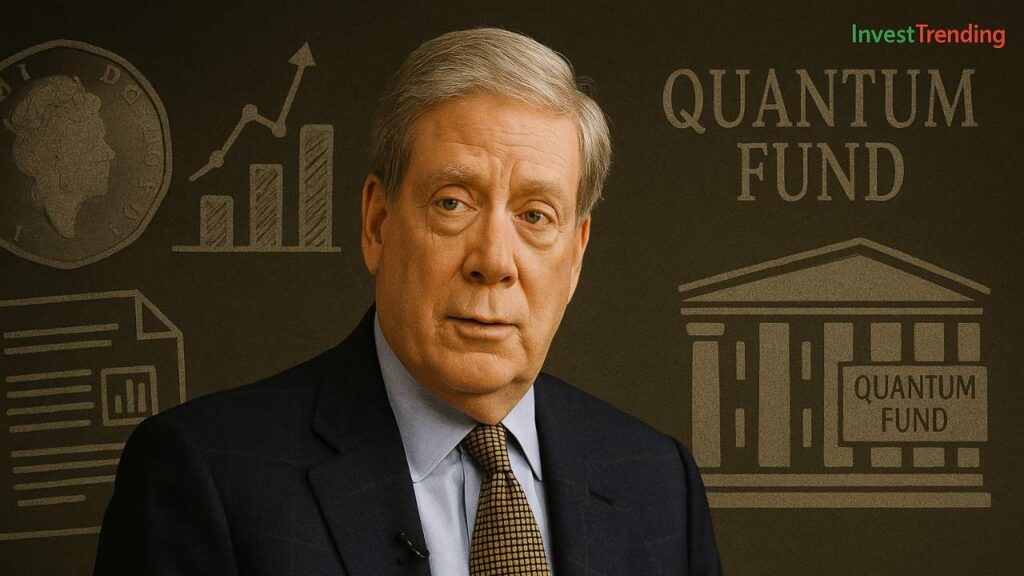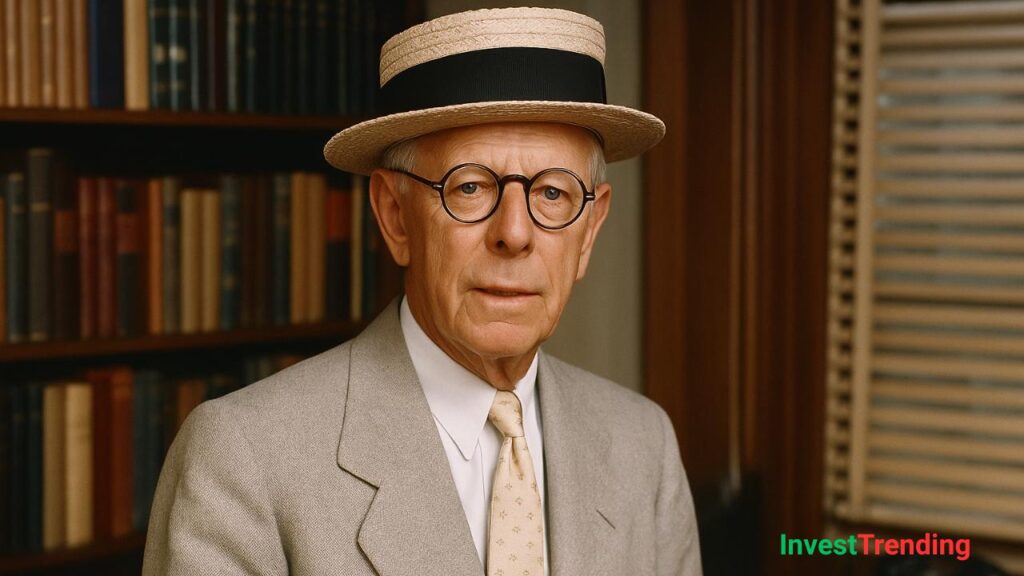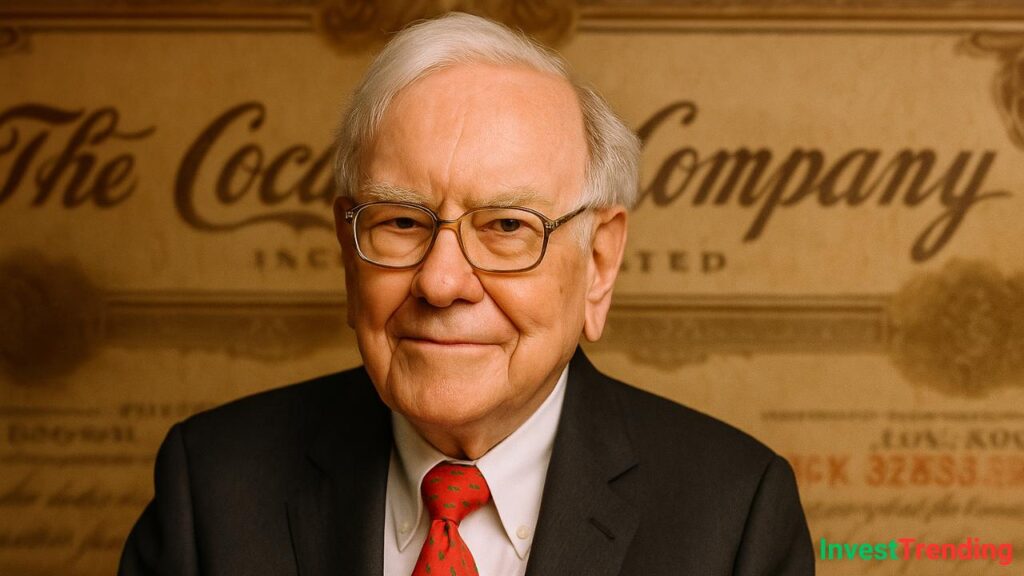
“I’ve learned many things from George Soros, but perhaps the most significant is that it’s not whether you’re right or wrong that matters, but how much money you make when you’re right and how much you lose when you’re wrong.”
– Stanley Druckenmiller
Stanley Druckenmiller is one of the greatest investors of all time, known for his sharp instincts, ability to analyze markets, and a risk-taking approach that has set him apart in the financial world. His most famous trade—the $1 billion short against the British pound in 1992—cemented his legacy as a legendary investor. This document provides an in-depth look at his life, career, investment strategies, and the factors that made him successful.
Early Life and Education
Stanley Druckenmiller was born on June 14, 1953, in Pittsburgh, Pennsylvania. His upbringing was modest, and he showed an early aptitude for analytical thinking and mathematics.
- Education: He attended Bowdoin College, where he studied economics and English. His interest in financial markets was piqued during his college years.
- Early Career Aspirations: Initially, Druckenmiller did not plan to enter investing. After graduating, he pursued graduate studies at the University of Michigan but soon dropped out to begin working in finance.
- Influences: He was heavily influenced by economic theories, particularly those focusing on macroeconomic policies and their impact on global markets.
“The best economist I know is the inside of the stock market.”
– Stanley Druckenmiller
Entry into the Investing World
Druckenmiller began his professional career in 1977 at Pittsburgh National Bank (now PNC).
- He quickly gained recognition for his ability to analyze macroeconomic trends and make profitable investments.
- By 1981, he founded Duquesne Capital Management, a hedge fund that would later become one of the most successful of all time.
- His early investment approach focused on macroeconomic trends, currencies, and global events.
- Growth of Duquesne Capital: The firm grew rapidly, delivering consistent annual returns in the double digits without a single losing year before he decided to close it in 2010.
“It’s not about being right or wrong — it’s about how much money you make when you’re right and how much you lose when you’re wrong.”
– Stanley Druckenmille
The George Soros Partnership and the $1 Billion Trade
Druckenmiller’s big break came when he was recruited by George Soros in 1988 to manage the Quantum Fund.
- The Quantum Fund: A hedge fund run by George Soros, known for making aggressive and profitable bets on global currencies and markets.
- The 1992 Pound Short Trade:
- Druckenmiller, under Soros’s mentorship, identified that the British pound was overvalued due to its participation in the European Exchange Rate Mechanism (ERM).
- The strategy involved shorting the pound heavily, predicting that the UK would be forced to devalue its currency.
- When the UK government failed to maintain its currency peg, the pound collapsed, resulting in a $1 billion profit for the Quantum Fund.
- This trade became one of the most famous in financial history and earned Soros and Druckenmiller international acclaim.
- Risk and Execution: This trade was not merely a gamble; it was based on extensive research and understanding of the flawed economic policies in place at the time.
“I focus on capital preservation and then growth. I don’t believe in risking everything just for higher returns.”
– Stanley Druckenmiller
Investment Strategies and Philosophy
1. Macro Investing
Druckenmiller is a macro investor, meaning he focuses on large-scale economic trends rather than individual companies.
- He tracks global economic cycles, interest rates, and government policies to inform his investment decisions.
2. Risk Management and Position Sizing
- He believes in making large, concentrated bets when the probability of success is high.
- Unlike many investors who diversify extensively, Druckenmiller focuses on fewer but highly researched trades.
- Quote: “It’s not how often you’re right or wrong, it’s how much you make when you’re right and how much you lose when you’re wrong.”
3. Trend Following and Market Timing
- He capitalizes on momentum investing, entering trades when macroeconomic indicators signal a strong directional movement.
- Timing is crucial in his approach, as he waits for confirmation before committing significant capital.
- Example: During the late 1990s, he heavily invested in tech stocks but exited just before the dot-com bubble burst.
4. Adaptive Flexibility
- Unlike rigid investors, he adapts to changing market conditions.
- He is willing to pivot quickly when new data suggests a shift in trends.
5. Avoiding Emotional Investing
- Druckenmiller emphasizes discipline and emotional control in investing.
- He does not hold onto losing trades based on hope, cutting losses swiftly.
- Example: He exited major trades during the 2008 financial crisis when market dynamics changed unexpectedly.
“You make the most money when your thesis and the market are saying the same thing. That’s when you go big.”
– Stanley Druckenmiller
Challenges and Setbacks
- Dot-com Bubble (2000): Druckenmiller was caught up in the tech stock euphoria, leading to heavy losses when the bubble burst.
- 2008 Financial Crisis: While he successfully navigated the crash, volatility in global markets made investing difficult.
- Retirement from Managing Outside Capital (2010): He decided to shut down Duquesne Capital, citing the stress of managing external funds.
- Lessons from Mistakes: Druckenmiller has openly discussed his mistakes, emphasizing that even the best investors experience losses but must learn from them.
Current Status and Legacy
- Personal Wealth: Estimated to be over $10 billion.
- Philanthropy: He is actively involved in charitable work, particularly in education and medical research.
- Investment Activity: Although he no longer manages a hedge fund, he continues to invest his personal fortune and shares market insights.
- Public Speaking and Influence: He frequently shares his views on economic policies, market conditions, and investment strategies at conferences and through interviews.
- Comparison with Other Investors: Often compared to Warren Buffett and Ray Dalio, but with a stronger focus on macroeconomic events and trading.
- Impact on Hedge Fund Industry: Many of his protégés have gone on to become successful hedge fund managers, spreading his influence across the industry.
Conclusion
Stanley Druckenmiller’s career is a testament to strategic thinking, bold risk-taking, and an unparalleled ability to predict economic shifts. His legacy in the investing world remains strong, and his methods continue to influence traders and fund managers globally. His ability to adapt, take calculated risks, and make high-conviction bets without succumbing to emotional biases makes him one of the most respected investors in history.
Whether in the world of hedge funds, philanthropy, or economic thought leadership, Druckenmiller’s impact will be felt for generations to come.
“You make the most money when your thesis and the market are saying the same thing. That’s when you go big.”
– Stanley Druckenmiller



